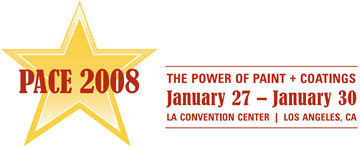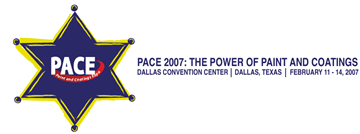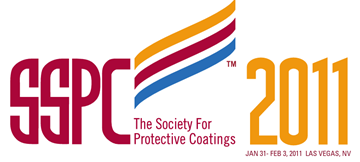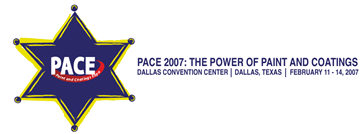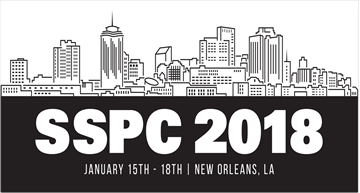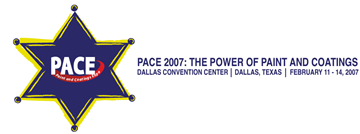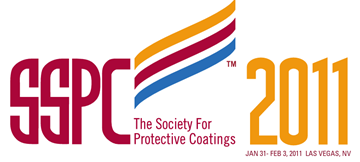Search
Products tagged with 'coating systems'
View as
Sort by
Display
per page
Polyasparartic Ester Finish Coats - A New Generation
Product Number:
41208-440-SG
Publication Date:
2008
$20.00
Protection of Concrete Floors in the Food and Beverage Industry
Product Number:
41207-371-SG
Publication Date:
2007
$20.00
Red Means Go, Polysiloxane Technology on the Roosevelt Island Bridge
Product Number:
41211-632-SG
Publication Date:
2011
$20.00
Selection and Specifications for Architectural and Industrial Maintenance Coatings for Commercial Architecture
Product Number:
41213-799-SG
Publication Date:
2013
$20.00
Selection of Coating Systems for CUI Service
Product Number:
41213-769-SG
Publication Date:
2013
$20.00
Surface Preparation: Advances in Chemical Coating Removal
Product Number:
41207-341-SG
Publication Date:
2007
$20.00
Tank U: Details to Consider When Specifying Exterior Coatings for Carbon Steel Tanks
Product Number:
51218-148-SG
Publication Date:
2018
$20.00
The Use of Optically Activated Pigmented Epoxy Systems in Water Storage Tanks
Product Number:
41207-345-SG
Publication Date:
2007
$20.00
True Value of Quality: A Case History of a Success Story
Product Number:
41206-243-SG
Publication Date:
2006
$20.00
Two-Coat Polyaspartic Urethane Coatings Protect Virginia Steel Bridges for Over a Decade
Product Number:
41216-994-SG
Publication Date:
2016
$20.00
Understanding the True Meaning of Green for the Wastewater Industry
Product Number:
41211-588-SG
Publication Date:
2011
$20.00

